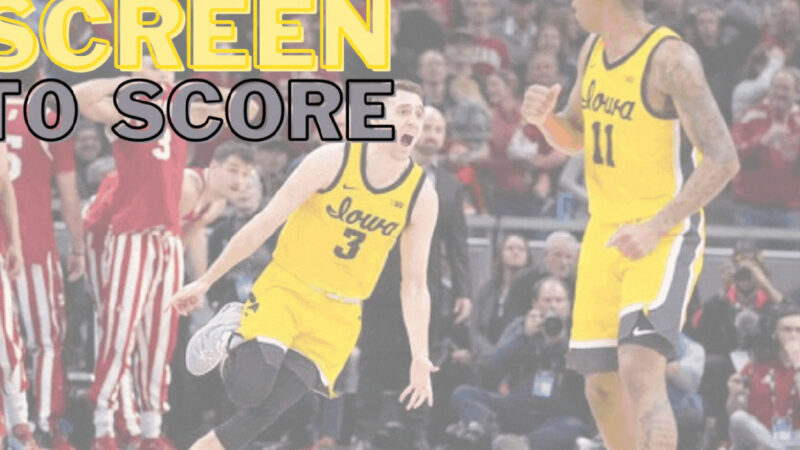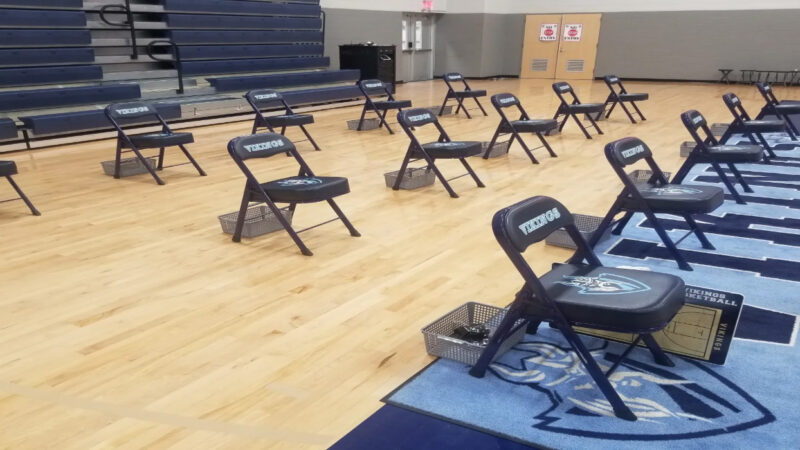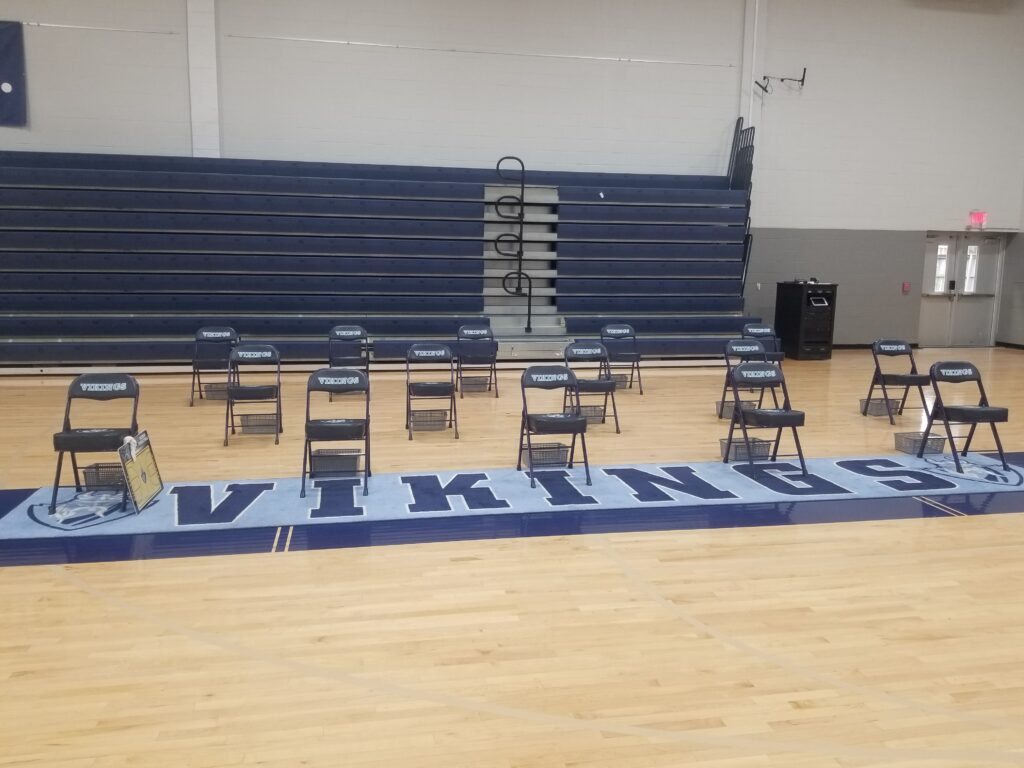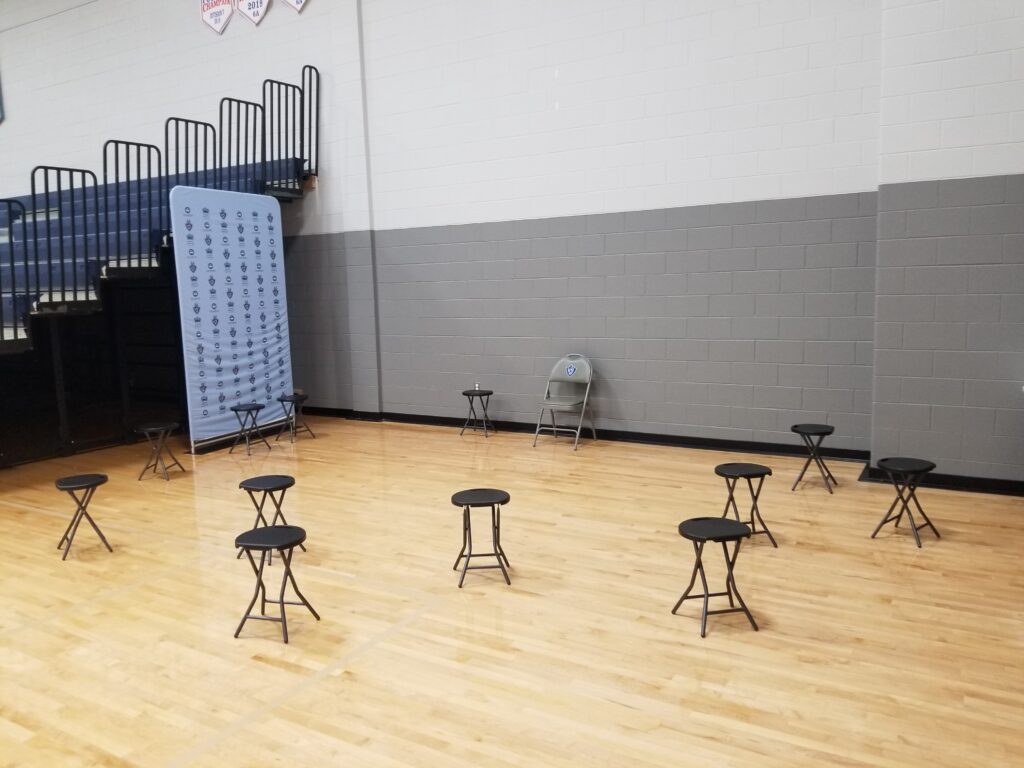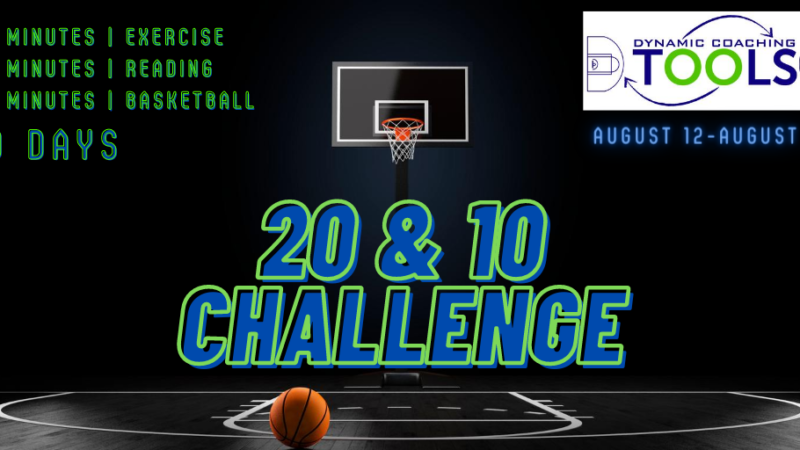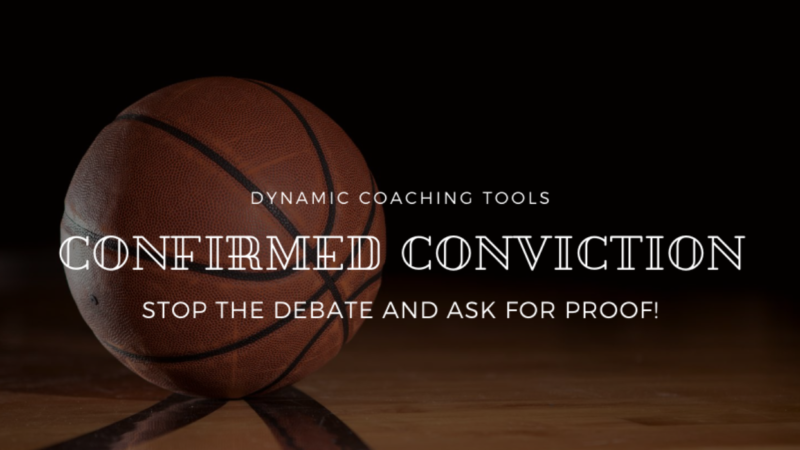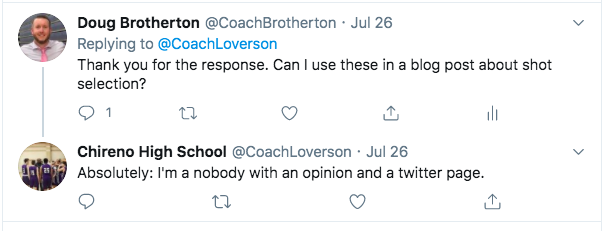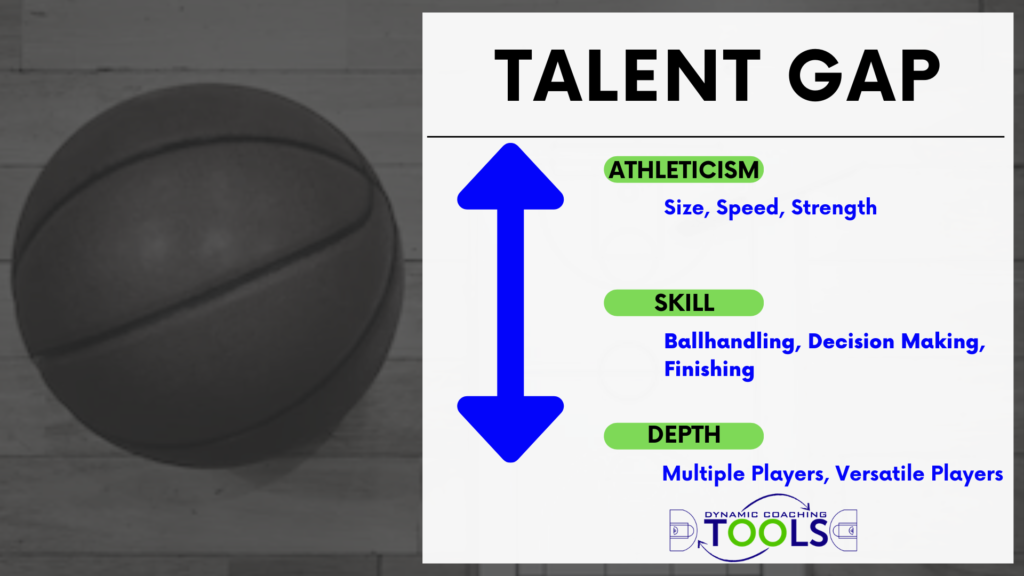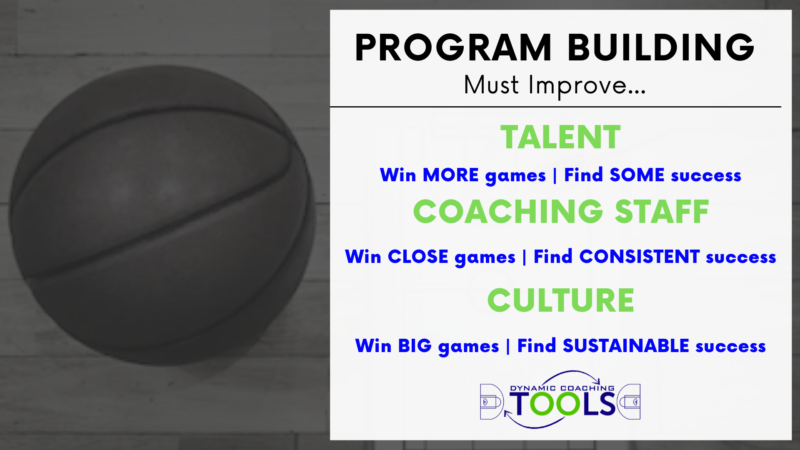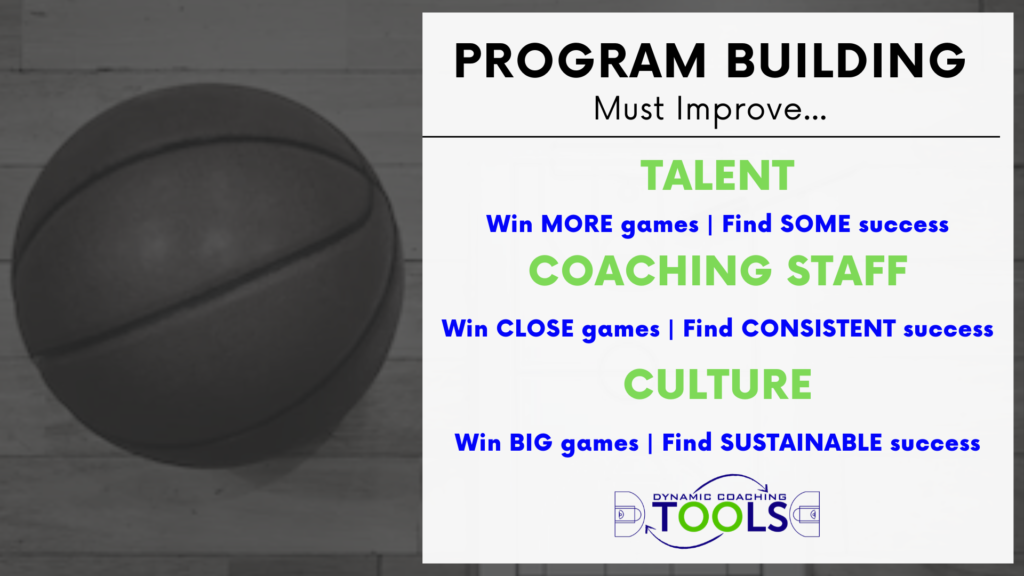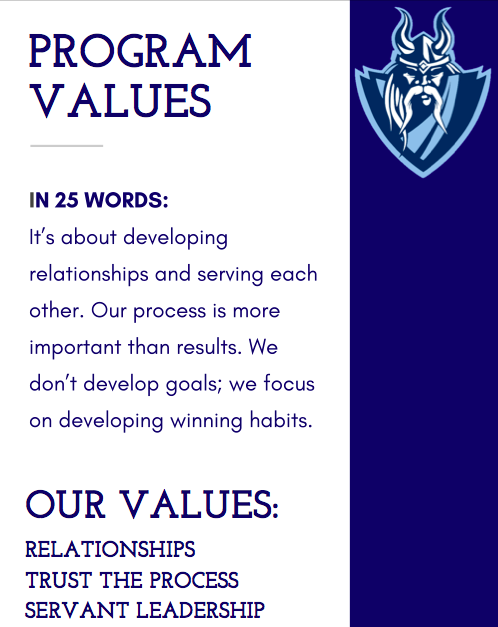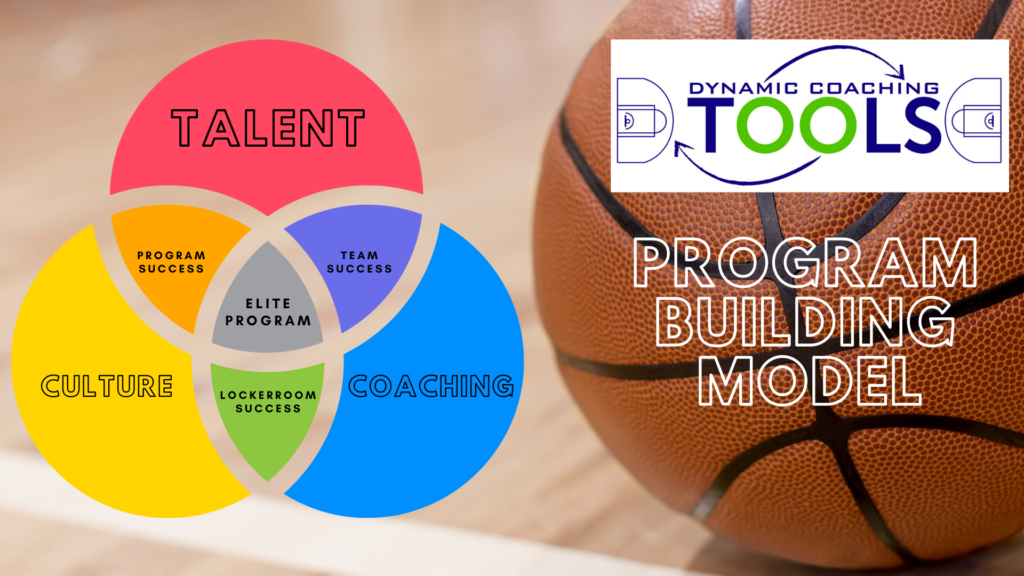“Chicago Action” – Pin Down to Dribble Hand Off
In the 2022 ACC Championship, Virginia Tech used the same set to score 11 points against Duke.

“Chicago Action” became popular in the NBA when Coach Fred Hoiberg was leading the Chicago Bulls to the playoffs. The action features a pin down, into a dribble hand off. Now, teams of all levels are using Chicago Action to free up talented perimeter players. In the case of Virginia Tech, Hunter Cattoor scored 9 of his 31 points off of this set play.


